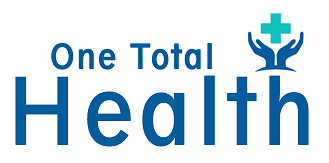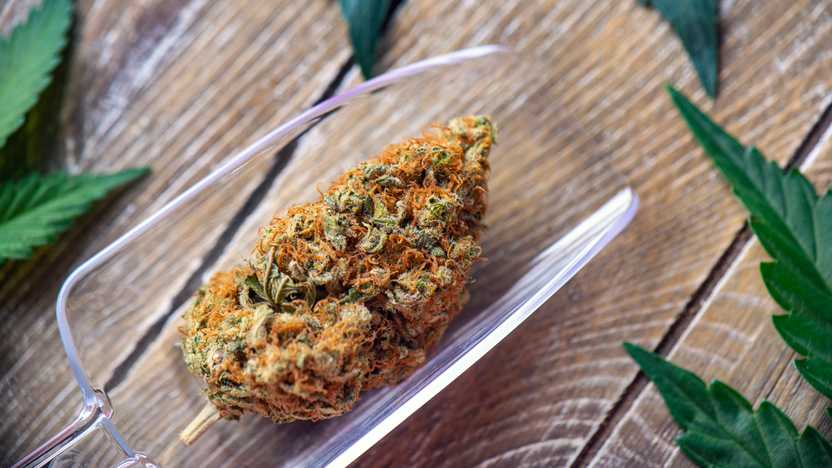4 Ways to Reduce Brain Swelling Naturally
Brain swelling is a natural response to injury or disease in the brain. For example, traumatic brain injuries (TBI), strokes, or viral brain infections can cause immune cells to rush to the brain to clear out dead or damaged cells and begin repairing tissue.
This natural response leads to swelling when the central nervous system is imbalanced and the rush of immune cells becomes incessant. When this happens, it can cause intracranial pressure and keep oxygen and nutrients from reaching the brain to do their job.
Healing the brain requires a delicate balance between treating an injury or disease and managing potential negative consequences.
Treating Brain Swelling Naturally
While anti-inflammatory medicines frequently treat brain swelling, their benefits are not clear, and they may even inhibit some reparative functions of the immune cells. However, anti-inflammatories may still be necessary for severe or life-threatening brain swelling.
Patients with mild to moderate brain swelling may seek the following alternative treatments that enhance the body’s natural healing process.
1. Anti-Inflammatory Foods from a Ketogenic Diet
A ketogenic diet is high in fat and low in carbohydrates while maintaining adequate protein levels. Recent studies show it may reduce brain inflammation in rats, and it is currently used to treat epilepsy in children.
This diet may lower blood sugar, which affects brain inflammation, and provide ketone bodies to the brain through fatty oxidation in the liver.
2. Hyperbaric Oxygen Therapy (HBOT)
Doctors use hyperbaric oxygen therapy (HBOT) to speed up healing from carbon monoxide poisoning, gangrene, deep or stubborn wounds, and infections where tissues are oxygen-starved.
In HBOT, you enter a special chamber to breathe in pure oxygen. The air pressure levels in the chamber are up to three times higher than average. Through HBOT, the blood fills with oxygen, which may help repair tissues and restore body functions.
As oxygen returns to the blood cells, plasma leakage stops and blood flow restores. In addition, case studies of TBI patients show that HBOT may significantly improve cognitive function and mood.
3. Transcranial Low-Level Light Therapy (LLLT)
Transcranial low-level light therapy (LLLT) utilizes a form of laser light that may reduce inflammatory mediators. Inflammatory mediators are the messengers that promote an inflammatory response acting on blood vessels or cells, like prostaglandins.
In addition to lowering prostaglandins, LLLT may also decrease bleeding and improve mitochondrial ATP production. Transcranial LLLT may be able to pass into the skull, directly aiding damaged neurological tissue.
4. Regenerative Therapies
Regenerative therapies may boost the body’s reparative properties after a brain injury or ailment. Immune cells rush to the site of damaged brain tissue, releasing anti-inflammatory cytokines and growth factors.
However, while some inflammation is required to activate stem cells, stem cells can become dormant or die when an area becomes chronically inflamed.
Through stem cell therapy, this alternative option has the potential to ease brain swelling by dampening the inflammatory response and preserving tissue in clinical trials.
This post was written by a medical professional at Stemedix Inc. At Stemedix we provide access to Regenerative Medicine for TBI, also known as brain stem cell therapy. Regenerative medicine has the natural potential to help improve symptoms sometimes lost from the progression of many conditions.



